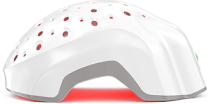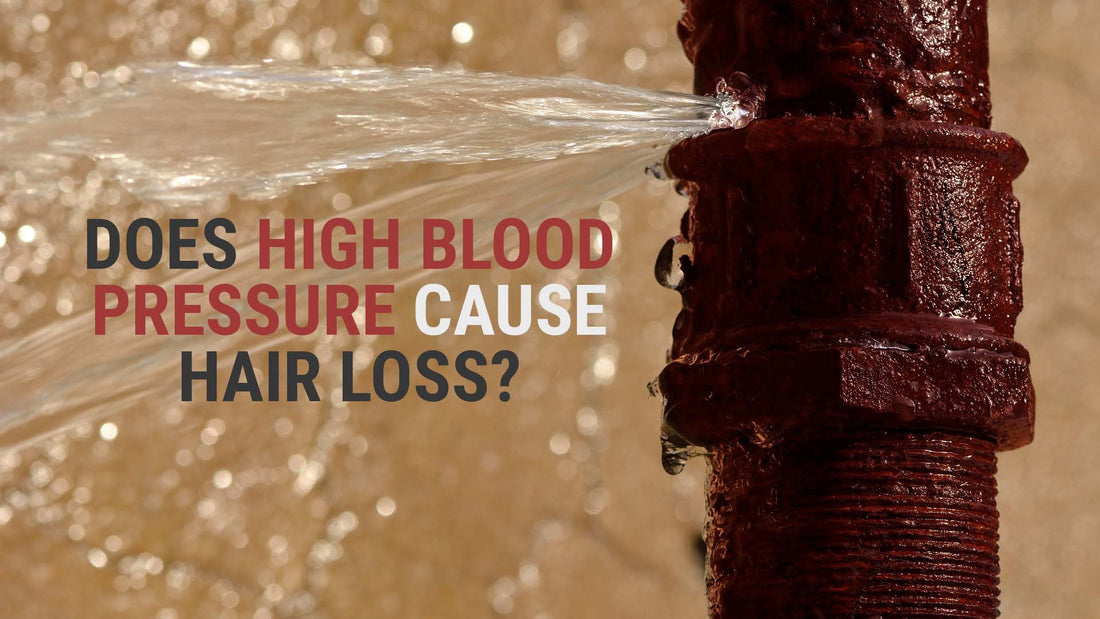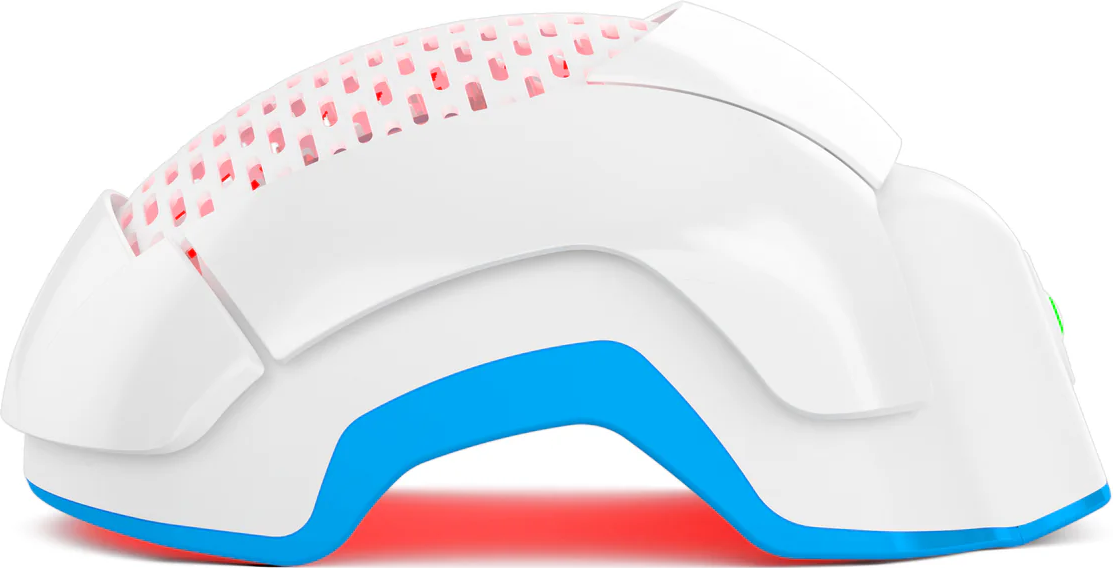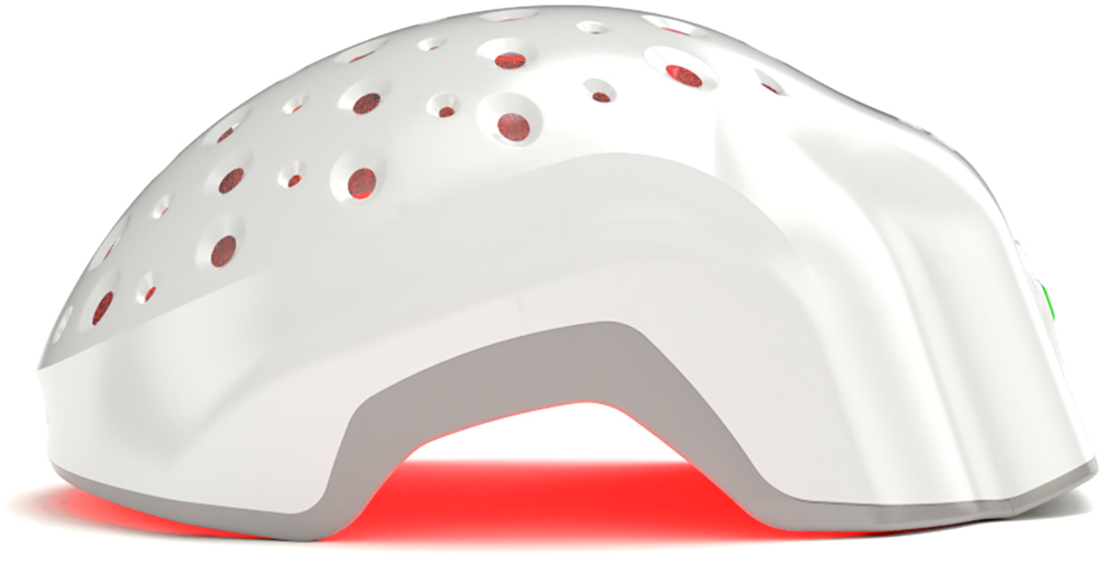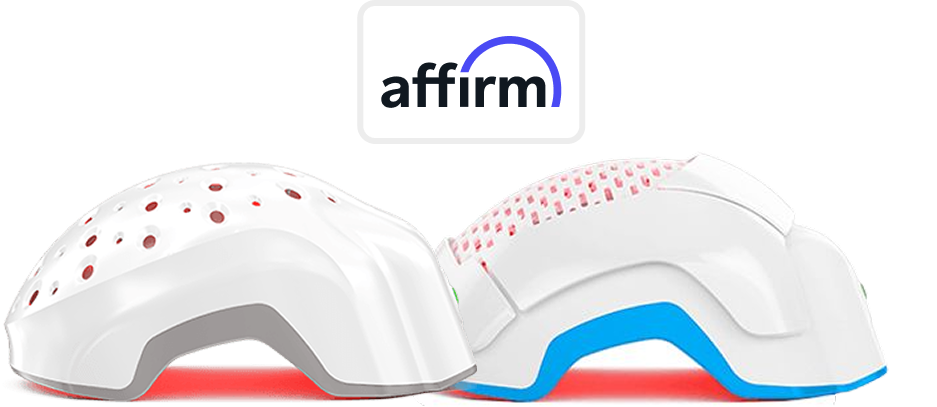High blood pressure is notorious for messing with your heart, kidneys, and even your eyesight—but what if it’s also slowly sabotaging your hairline? The connection between hypertension and hair loss isn’t just a wild theory. Science suggests that restricted blood flow, medication side effects, and stress-induced inflammation could be quietly working against your hair’s ability to stay put.
If you've noticed more hair in the drain, a thinning crown, or weaker strands, it might not just be genetics—your blood pressure could be making things worse. When circulation takes a hit, hair follicles get fewer nutrients, struggle to stay in the growth phase, and eventually shrink into oblivion. And let’s not even start on certain blood pressure meds that come with the lovely “hair loss” warning label.
So, does high blood pressure cause hair loss? It’s not as simple as yes or no—but it absolutely plays a role.
The Link between High Blood Pressure and Hair Loss
Your hair follicles aren’t just sitting there growing out of sheer willpower—they need a steady, nutrient-rich blood supply to survive. When high blood pressure narrows blood vessels, including those that feed your scalp, hair follicles can struggle to get enough oxygen and nutrients.
Over time, this can weaken the hair, slow growth, and even contribute to shedding. Essentially, hypertension alone won’t cause sudden hair loss, but its impact on circulation might just be enough to tip the scales if you have a predisposition.
What are the Signs of High Blood Pressure Hair Loss?
Here are some signs that may suggest your hair loss is related to hypertension:
- Widespread thinning: Hair gradually becomes less dense across the entire scalp, particularly on the crown and temples.
- Excessive shedding: You may notice more hair collecting in your brush, shower drain, or on your pillow—especially after medication changes.
- Delayed regrowth: After hair falls out, it may take longer than usual to grow back.
- Dry or brittle strands: Reduced scalp circulation can lead to poor nutrient delivery, making hair appear dry, weak, or prone to breakage.
- Bald patches: Some people may experience more concentrated hair loss in specific areas, leading to noticeable bald spots.
How Does High Blood Pressure Cause Hair Loss?
Hypertension doesn’t attack your hair directly—but it sets off a chain reaction that can eventually lead to increased shedding. Here’s how.
1. Reduced Blood Flow to Hair Follicles
Your hair follicles are like tiny, needy plants, constantly absorbing nutrients from the bloodstream. When blood flow is compromised, follicles weaken and shrink, leading to thinning and slower hair regrowth. This effect is especially noticeable in people who already have a genetic tendency toward hair loss.
2. Hormonal Imbalances
Chronic high blood pressure can throw your hormones into disarray, especially when stress hormones like cortisol go into overdrive. High cortisol levels contribute to inflammation, disrupt the hair growth cycle, and even speed up hair thinning. If your blood pressure is spiking due to stress, your hair might be one of the first places it shows.
3. Side Effects of Medications
If you’re on beta-blockers, ACE inhibitors, or diuretics, you might want to check the fine print. Some common hypertension medications list hair loss as a side effect. While not everyone experiences this, certain drugs can alter hair follicle function, shorten the growth phase, and trigger excessive shedding.
4. Stress and Its Impact
Hypertension and stress go hand in hand—and stress is a well-documented hair loss accelerator. Chronic stress pushes more hair follicles into the shedding phase (telogen effluvium), leading to noticeable thinning. If your blood pressure issues stem from long-term stress, your scalp might be paying the price, too.
How to Manage Hair Loss Related to High Blood Pressure?
Just because hypertension can contribute to hair loss doesn’t mean you’re doomed to a thinning hairline. Here’s how to fight back.
Healthy Lifestyle Changes
Keeping your blood pressure in check is the first step. Regular exercise, a balanced diet rich in vitamins and minerals, quitting smoking, and managing stress can all help regulate circulation and keep your hair follicles well-fed.
Choosing the Right Medications
If you suspect your blood pressure meds are making your hair thinner, don’t stop taking them—but do talk to your doctor. Alternative medications might be available without the hair-related side effects.
Gentle Hair Care Practices
A weakened scalp doesn’t need extra stress. Harsh shampoos, aggressive brushing, and constant heat styling can make things worse. Stick to gentle products, scalp massages, and hair-healthy habits to prevent unnecessary breakage.
Topical Solutions
Minoxidil (Rogaine®) is a topical treatment that helps stimulate hair growth by improving blood flow to the scalp. Another option, finasteride (Propecia®), works by targeting hormones that contribute to hair thinning.
However, take note that finasteride should not be used by women who are pregnant or trying to conceive, due to potential risks.
Hair Loss and Hypertension: Final Thoughts
High blood pressure isn’t a direct cause of hair loss, but it definitely stirs up enough trouble to contribute to thinning over time. Poor circulation, stress, hormonal imbalances, and medication side effects can all work against your hair’s natural growth cycle.
The good news is, managing hypertension isn’t just good for your heart—it’s good for your hair, too. Keep your blood pressure in check, adopt hair-friendly habits, and explore treatments that support healthy follicle function. Your scalp will thank you.
Treat Hair Loss Due to High Blood Pressure with Theradome
If you’re struggling with hypertension-related hair loss, then low-level laser therapy (LLLT), may offer a powerful solution—especially when used in combination with other methods. An FDA-cleared treatment, clinical studies show that LLLT enhances blood flow to the scalp, revitalizes hair follicles, and promotes healthy regrowth.
The Theradome laser helmet delivers this proven therapy in a convenient at-home device. For best results, we recommend using the Theradome PRO LH80 for 20-minute sessions, twice a week. With consistent use, noticeable improvements could appear within just a few months.
Remember, hair loss caused by high blood pressure isn’t permanent. Restore your confidence and your hair—start your Theradome journey today and experience the difference for yourself.



